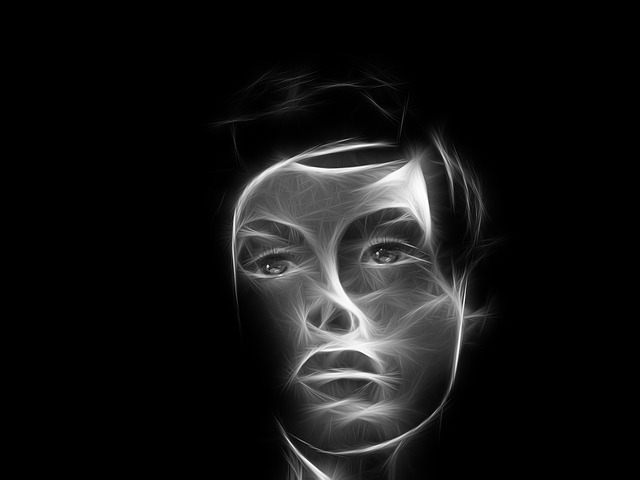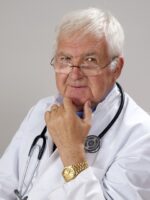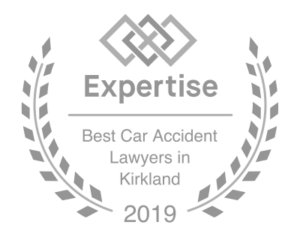 To understand wrongful death law we must start in England where the common law began. At common law a plaintiff injured by the negligence of another could recover damages from the negligent defendant. But when the plaintiff was killed, the action died with the plaintiff, so there was no wrongful death cause of action.
To understand wrongful death law we must start in England where the common law began. At common law a plaintiff injured by the negligence of another could recover damages from the negligent defendant. But when the plaintiff was killed, the action died with the plaintiff, so there was no wrongful death cause of action.
This changed in the United Sates with states adopting wrongful death statutory law. This post discuses how wrongful death works under Washington statutory law.
Wrongful Death Action. Washington statutory law provides a wrongful death cause of action which must be brought by the personal representative of decedent’s estate. The law only allows certain statutory beneficiaries to recover through the personal representative.
First Tier Statutory Beneficiaries. Children (including stepchildren), spouse/domestic partner, and parents of a minor child are first tier. This means they can recover damages without showing economic dependence.
Second Tier Statutory Beneficiaries. Parents of an adult child, and siblings who are economically dependent on decedent are second tier statutory beneficiaries. They may recover only if there are no first tier statutory beneficiaries.
The law contemplates damages for the emotional loss of the loved one. The statute says In a wrongful death action the jury may give such damages as, under all circumstances of the case, may to them seem just. It is the lawyer’s job to recommend a just amount to the jury.
Survival Action. In Washington a survival action allows the personal representative to recover the economic loss of the decedent as well as his pain and suffering. These losses are not recoverable under the wrongful death law so a survival action is joined with the wrongful death action. Since the wrongful death law does not allow parents to recover for the emotional loss of their adult child, the only case the parents have is for the economic loss and pain and suffering of their child while living. This action only exists to the estate so the parents must be beneficiaries of the estate.
Economic loss is based on the income decedent would have earned during his economic life expectancy. First, the life expectancy income is calculated. Second, consumption (what the person would have spent) is deducted. The balance is then reduced to a present value (the value of the stream of income today as a lump sum amount).
Pain and suffering is calculated for the time between the injury and death that decedent experienced pain and suffering. This is a general damage amount totally up to what the jury deems fair.
Post Footer automatically generated by Add Post Footer Plugin for wordpress.


 This post discusses the traits of a
This post discusses the traits of a  In this post I discuss the deposition from the perspective of my party/client as a witness and how a deposition is used at trial.
In this post I discuss the deposition from the perspective of my party/client as a witness and how a deposition is used at trial. In a personal injury case one of the most important witnesses is the treating doctor. Here is my guide for
In a personal injury case one of the most important witnesses is the treating doctor. Here is my guide for 